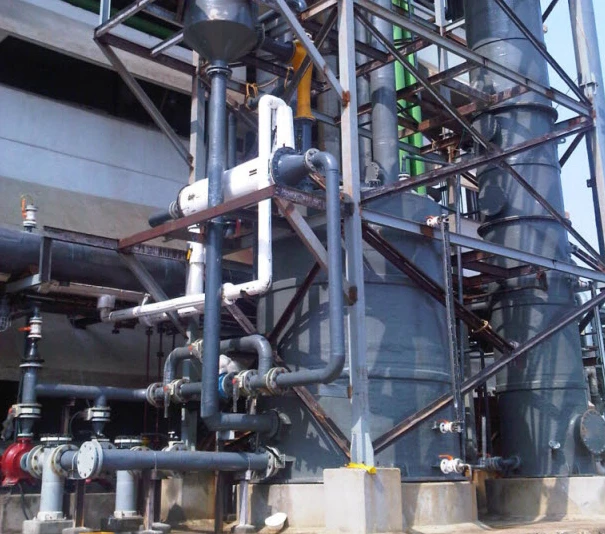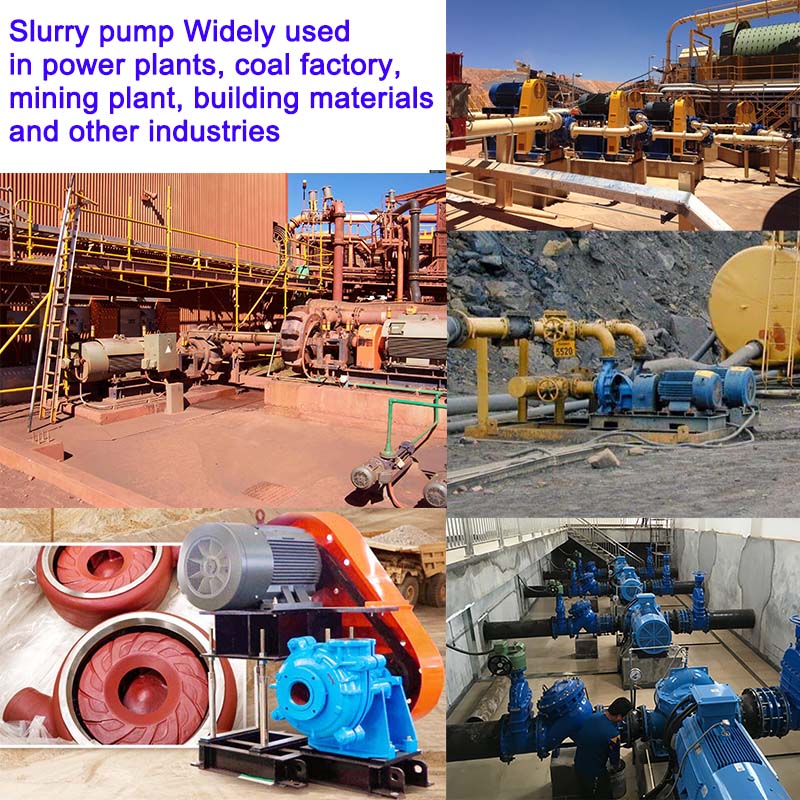TEL:
+86 13120555503
Armenian
- Afrikaans
- Albanian
- Amharic
- Arabic
- Armenian
- Azerbaijani
- Basque
- Belarusian
- Bengali
- Bosnian
- Bulgarian
- Catalan
- Cebuano
- Corsican
- Croatian
- Czech
- Danish
- Dutch
- English
- Esperanto
- Estonian
- Finnish
- French
- Frisian
- Galician
- Georgian
- German
- Greek
- Gujarati
- Haitian Creole
- hausa
- hawaiian
- Hebrew
- Hindi
- Miao
- Hungarian
- Icelandic
- igbo
- Indonesian
- irish
- Italian
- Japanese
- Javanese
- Kannada
- kazakh
- Khmer
- Rwandese
- Korean
- Kurdish
- Kyrgyz
- Lao
- Latin
- Latvian
- Lithuanian
- Luxembourgish
- Macedonian
- Malgashi
- Malay
- Malayalam
- Maltese
- Maori
- Marathi
- Mongolian
- Myanmar
- Nepali
- Norwegian
- Norwegian
- Occitan
- Pashto
- Persian
- Polish
- Portuguese
- Punjabi
- Romanian
- Russian
- Samoan
- Scottish Gaelic
- Serbian
- Sesotho
- Shona
- Sindhi
- Sinhala
- Slovak
- Slovenian
- Somali
- Spanish
- Sundanese
- Swahili
- Swedish
- Tagalog
- Tajik
- Tamil
- Tatar
- Telugu
- Thai
- Turkish
- Turkmen
- Ukrainian
- Urdu
- Uighur
- Uzbek
- Vietnamese
- Welsh
- Bantu
- Yiddish
- Yoruba
- Zulu
Telephone: +86 13120555503
Email: frank@cypump.com
Հնվ . 31, 2025 04:44 Back to list
Vertical Slurry Pumps
Slurry pumps are integral to various industries, renowned for their ability to handle abrasive and corrosive fluids with high solid content. For professionals seeking to optimize slurry pump performance, understanding the intricacies of their operation is crucial.
To ensure slurry pumps perform optimally, it is vital to carry out regular maintenance and monitoring. This involves routine checks for any signs of wear and tear, particularly in the impeller and casing, as these parts bear the brunt of the slurry's abrasive nature. Establishing a periodic maintenance schedule can preemptively address potential issues, thereby minimizing downtime and extending the pump's life. Expertise in slurry pump systems also involves selecting the right pump design and configuration based on the specific industrial application. Industries ranging from mining, where slurry transportation is a daily necessity, to chemical processing plants, where handling corrosive materials is crucial, rely heavily on pumps tailored to their unique needs. Companies must work closely with trusted manufacturers to customize solutions that address their specific challenges, focusing on enhancing energy efficiency, reducing operational costs, and prolonging equipment life. Adopting cutting-edge technologies and innovative design enhancements are critical strategies. Modern slurry pumps are increasingly featuring advanced materials and coatings to improve longevity and resistance to harsh environments. Moreover, integrating smart monitoring systems that provide real-time data on pump performance and condition is gaining traction, allowing operators to make informed decisions on maintenance and operations. In summary, the effective operation of slurry pumps depends on a comprehensive understanding of their mechanics, a commitment to regular maintenance, and the strategic selection of pump types and materials tailored to specific applications. Industry professionals who grasp these elements and apply them conscientiously can achieve unparalleled efficiency and reliability from their slurry pump systems, ensuring they remain at the forefront of industrial advancements in fluid handling technology.


To ensure slurry pumps perform optimally, it is vital to carry out regular maintenance and monitoring. This involves routine checks for any signs of wear and tear, particularly in the impeller and casing, as these parts bear the brunt of the slurry's abrasive nature. Establishing a periodic maintenance schedule can preemptively address potential issues, thereby minimizing downtime and extending the pump's life. Expertise in slurry pump systems also involves selecting the right pump design and configuration based on the specific industrial application. Industries ranging from mining, where slurry transportation is a daily necessity, to chemical processing plants, where handling corrosive materials is crucial, rely heavily on pumps tailored to their unique needs. Companies must work closely with trusted manufacturers to customize solutions that address their specific challenges, focusing on enhancing energy efficiency, reducing operational costs, and prolonging equipment life. Adopting cutting-edge technologies and innovative design enhancements are critical strategies. Modern slurry pumps are increasingly featuring advanced materials and coatings to improve longevity and resistance to harsh environments. Moreover, integrating smart monitoring systems that provide real-time data on pump performance and condition is gaining traction, allowing operators to make informed decisions on maintenance and operations. In summary, the effective operation of slurry pumps depends on a comprehensive understanding of their mechanics, a commitment to regular maintenance, and the strategic selection of pump types and materials tailored to specific applications. Industry professionals who grasp these elements and apply them conscientiously can achieve unparalleled efficiency and reliability from their slurry pump systems, ensuring they remain at the forefront of industrial advancements in fluid handling technology.
Share
Next:
Latest news
-
ISG Series Vertical Pipeline Pump-Chi Yuan Pumps|Industrial Fluid Handling,High Efficiency
NewsAug.11,2025
-
ISG Series Vertical Pipeline Pump - Chi Yuan Pumps | High Efficiency&Energy Conservation
NewsAug.11,2025
-
ISG Series Vertical Pipeline Pump - Chi Yuan Pumps Co., LTD.|Advanced Fluid Handling, Energy Efficiency
NewsAug.10,2025
-
ISG Series Vertical Pipeline Pump - Chi Yuan Pumps | High Efficiency, Low Noise, Stable Performance
NewsAug.10,2025
-
Efficient Self Priming Sewage Pumps for Heavy Duty Use
NewsAug.10,2025
-
pipeline pump - Chi Yuan Pumps Co., LTD. | High Efficiency, Energy Saving
NewsAug.10,2025










